How To
Hair Type Chart

It is so so important to be somewhat familiar with your hair type, that way you know the products you are buying are 100% suited for you and your hair, and will work properly! Just like how understanding what type of skin you have, (oily, dry, combo) is important when buying products, hair is just as crucial. But there is so much that goes into hair, and we truly ALL have somewhat different hair types. Before you go to the store or make an Amazon order of hair products, come back to this hair type chart.
Wanna find out how we get Shiny Sleek Hair? Or how we keep our extensions glossy for daysss. We have you covered on that part too..
What is your hair texture?

First things first, understanding your hair texture is #1. Your hair texture is the natural shape or pattern of your hair, key word natural. After looking at those pictures above, you can do another little test to be sure you know. Wash your hair & completely let it air dry, no products! Once it's fully dried, if hair dries without any sort of bend or curl, you have straight hair. If you notice an "S" type shape or things not as uniform, you most likely have wavy hair. Curly hair will have a more defined curl or loop than wavy, more dense than wavy hair but less dense than coily hair. Lastly, coily hair is tighter coils or curls. This type of hair is also more prone to breakage, which makes another point as to why it's so important to understand your hair type.
How thick is it?

I feel like we never have a true idea of how thick our hair is, mainly because we're all either in denial that our hair is thinning or you genuinely have no idea how to tell! Understanding your hair structure, or how thick it is, can help put you in the right direction when putting on hair product. Not only that but different hair structures affect different hairstyles. You can easily tell what type of hair structure you have by how well it holds hairstyles. For example, finer haired girlies might not hold onto curls very well.
BFB Tip: Give your natural hair some love with these heatless hairstyles.

What is your hair porosity?
One thing that I don't think is talked about even close to enough, is hair porosity. Your hair porosity refers to how well your hair is able to absorb product or moisture. This is something that will help you with knowing what products to put on locks.
Now you might be asking yourself, how in the world will I know my hair porosity? Easy. Place a single strand of hair into a bowl or glass of water. If the hair strand sinks to the bottom, you know that hair has high porosity. Meaning it doesn't have a problem absorbing all the moisture. If hair floats above the water, hair has low porosity, not easily able to absorb moisture. And anything in between would be normal porosity.
Now that you know if you have high or low hair porosity, what does that mean for you? Now what? Hair with high porosity generally is more dry and brittle. Avoiding excess heat styling or bleach will be beneficial for this hair type. Keep things simple and reach for products that will nourish and moisturize the cuticle, like masks & oils. Prevent future damage from happening. On the other hand, low porosity hair has a tough time absorbing any sort of the moisture into the strands, making it a product buildup zone. Reach for things more clarifying.
Scalp health

If you've been around for a little while now or like to keep up to date with the blog, maybe you have heard us push the importance of scalp health on you. Because guess what, scalp health is important too. If your scalp isn't healthy, your strands won't be either. On the second day after washing your hair, examine your scalp. If you notice flat greasy looking roots, you have an oily scalp. Which means you should avoid putting any sort of product or cream on your roots, ends only. You also should be using a clarifying shampoo & conditioner. If you notice a dry scalp or flaking, you have a dry scalp. Try adding in a more moisturizing shampoo and conditioner.
No matter what type of scalp you notice yourself having after hair wash day, everyone could be using a scalp scrubber. Incorporate a scalp scrubber brush into your hair washing routine. Helps remove excess product, oil, flakiness. Plus stimulated follicles & hair growth. Read our blog post on why Scalp Health Is Important Too!
Now that you have a better idea of what you're working with, go get yourself some updated products! You can also look at our Top 15 Under $15 Hair Products.
xx BFB Hair Team

